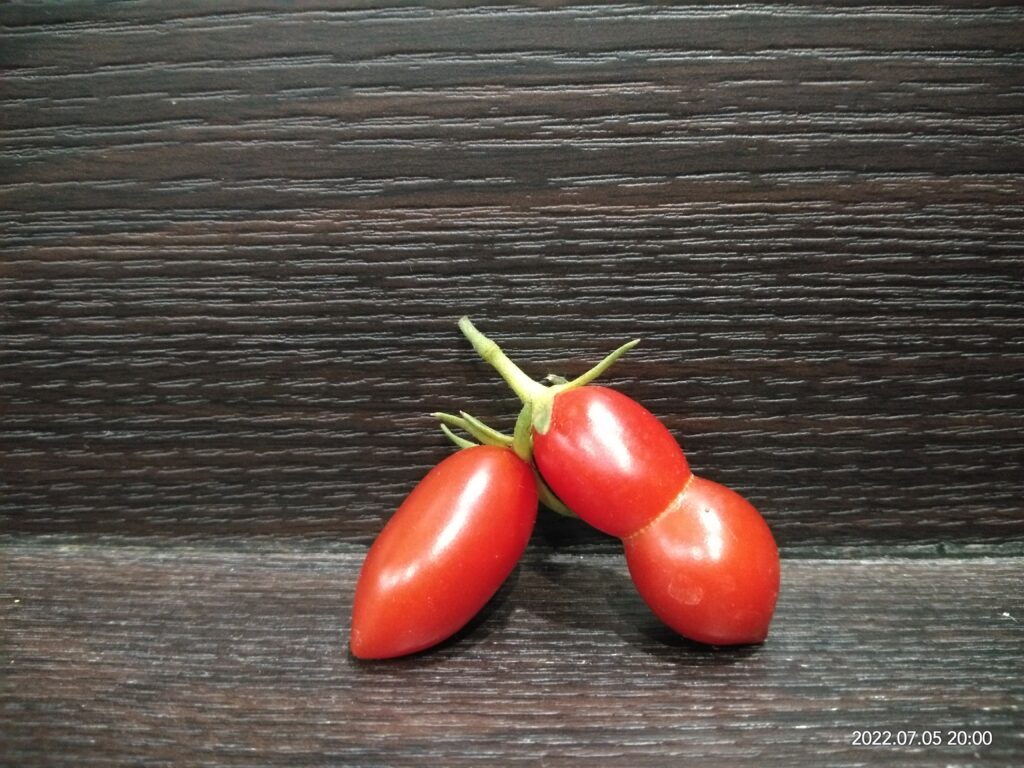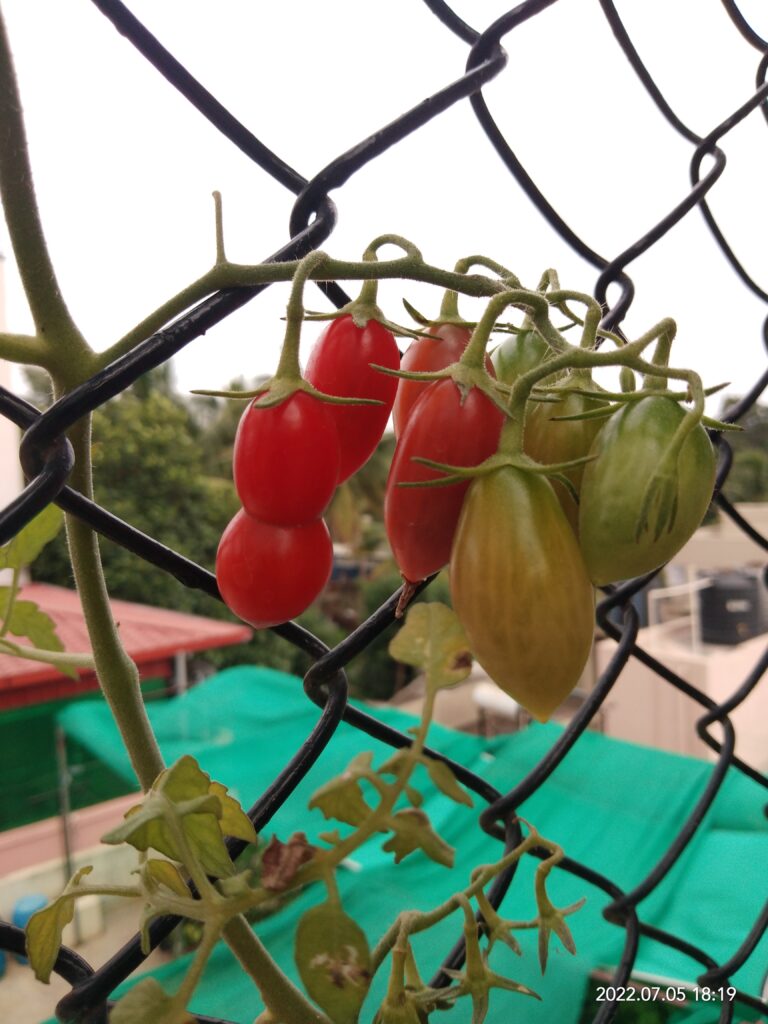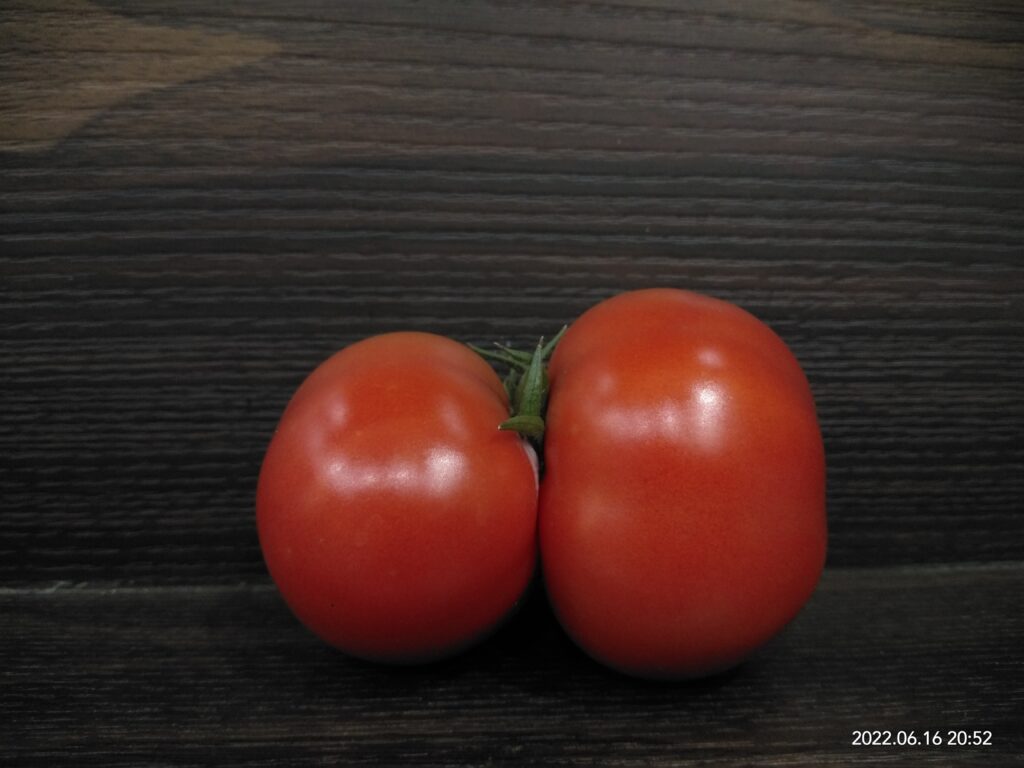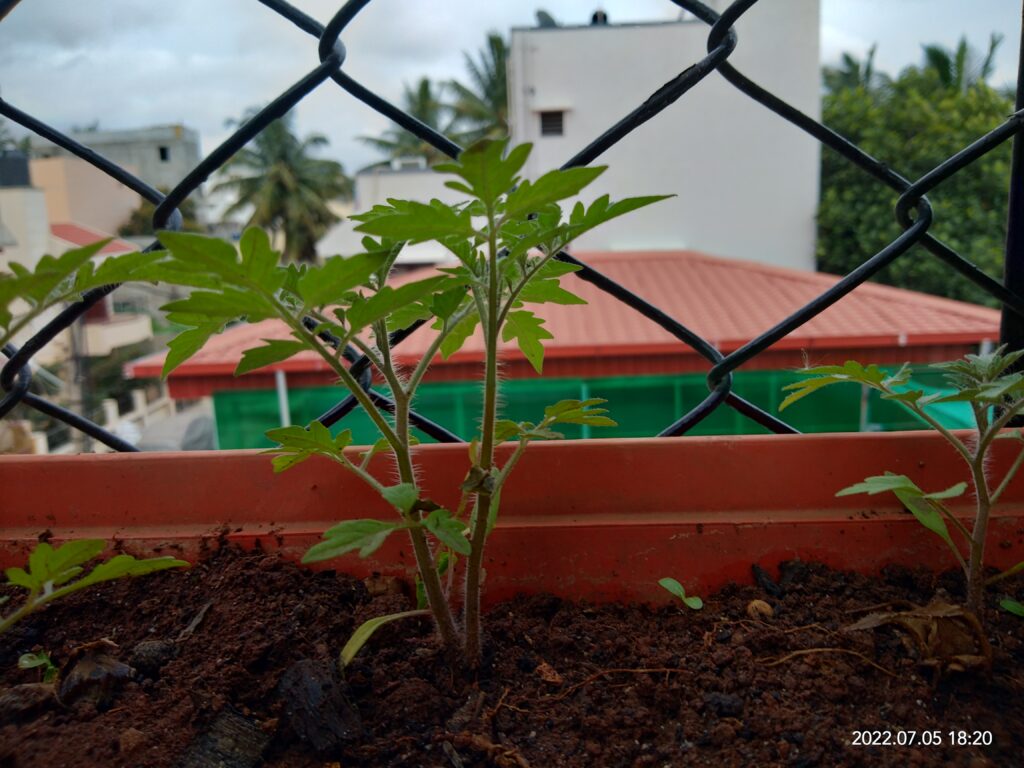Do you know Tomato is a fruit?
Tomatoes are botanically defined as fruits because they form from a flower and contain seeds.
Still they are commonly use it as a vegetable while cooking.
They widely used starting from salads to Biriyanis.
Do you know how many varieties of tomato’s are there?
There are 10000+ varieties of tomatoes globally. I have about 5 varieties growing on my terrace.
When ever I go to market search for new variety and make seeds out of it. You can grow them very easily.



Tomato is a fruit. Botanically speaking, a fruit is the mature ovary of a flowering plant, typically containing seeds. In the case of tomatoes, the fruit is the fleshy, juicy part that contains the seeds, and it develops from the flower of the tomato plant.
However, from a culinary and cultural perspective, tomatoes are often considered as vegetables. This is because they are used as a savory ingredient in many dishes, such as soups, stews, and salads, rather than as a sweet ingredient in desserts or eaten on their own.
In the United States, a famous legal case in 1893 even ruled that tomatoes should be classified as a vegetable for tariff purposes, as they were more commonly used in savory dishes rather than desserts.
So, whether a tomato is considered a fruit or a vegetable depends on the context – botanically, it is a fruit, but in everyday cooking and culture, it is often treated as a vegetable.

Why Tomato Has Good Color
Tomatoes get their good color from pigments called carotenoids, which are a type of plant pigment that gives fruits and vegetables their bright colors. In the case of tomatoes, the primary carotenoid pigment responsible for their red color is called lycopene.
Lycopene is a powerful antioxidant that protects the tomato plant from damage caused by ultraviolet light and other environmental stressors. It also helps to protect the human body from damage caused by free radicals, which are harmful molecules that can cause cell damage and contribute to the development of chronic diseases.
The color of a tomato can also be affected by factors such as ripeness, genetics, and environmental conditions. For example, tomatoes that are exposed to lots of sunlight during growth will often have a more intense red color than those that are grown in the shade. Additionally, some tomato varieties may have a different color, such as yellow or orange, due to differences in their genetics.

Can we eat Tomato Raw?
Yes, you can eat tomato raw. In fact, many people enjoy raw tomatoes in salads, sandwiches, or as a healthy snack. Tomatoes are rich in vitamins, minerals, and antioxidants that provide numerous health benefits, including reducing the risk of heart disease, cancer, and inflammation.
When consuming raw tomatoes, it is important to wash them thoroughly to remove any dirt or bacteria that may be present on the surface. It is also important to note that some people may be allergic to tomatoes, and consuming raw tomatoes can cause an allergic reaction in these individuals.
If you have a sensitive stomach, you may want to limit your consumption of raw tomatoes, as they can be acidic and may cause digestive discomfort for some people. Cooking tomatoes can help to break down the acid and make them easier to digest. Additionally, cooking tomatoes can actually increase their nutrient content, as the heat helps to release the antioxidants and other beneficial compounds present in the fruit.

Countries which produce tomatoes?
Tomatoes are one of the most widely grown and consumed fruits in the world, and they are cultivated in many countries around the globe. Here are some of the major tomato-producing countries in the world:
- China
- India
- United States
- Turkey
- Egypt
- Iran
- Italy
- Spain
- Brazil
- Mexico
- Ukraine
- Russia
- Morocco
- Pakistan
- Nigeria
These countries produce a wide range of tomato varieties, from small cherry tomatoes to large beefsteak tomatoes, and they are used in a variety of culinary applications, including sauces, soups, salads, and sandwiches.

How to grow tomato?
Here are the general steps to grow tomato:
- Choose a sunny location: Tomatoes require at least six to eight hours of sunlight per day, so choose a spot in your garden that gets plenty of sun.
- Prepare the soil: Tomatoes prefer well-draining soil that is rich in organic matter. Add compost or other organic matter to the soil to improve its fertility and drainage.
- Plant the seeds or seedlings: You can start tomato plants from seeds indoors or buy seedlings from a nursery. Plant the seedlings or seeds about 1 to 2 feet apart, depending on the variety.
- Water regularly: Tomatoes need consistent moisture to grow well, so water them regularly, especially during dry spells. Be careful not to overwater, as this can lead to root rot.
- Support the plants: As tomato plants grow, they will need support to keep them from falling over. You can use stakes, cages, or trellises to support the plants.
- Fertilize: Tomatoes are heavy feeders and require regular fertilization. Use a balanced fertilizer or compost tea every few weeks throughout the growing season.
- Prune the plants: Tomatoes benefit from pruning to remove suckers and promote airflow, which can reduce the risk of disease.
- Harvest the tomatoes: Tomatoes are ready to harvest when they are fully ripe and have a bright, even color. Gently twist or cut the tomatoes from the plant when they are ready.

Your website is very useful. Thanks for sharing.